Don't wanna be here? Send us removal request.
Text
World’s Literature
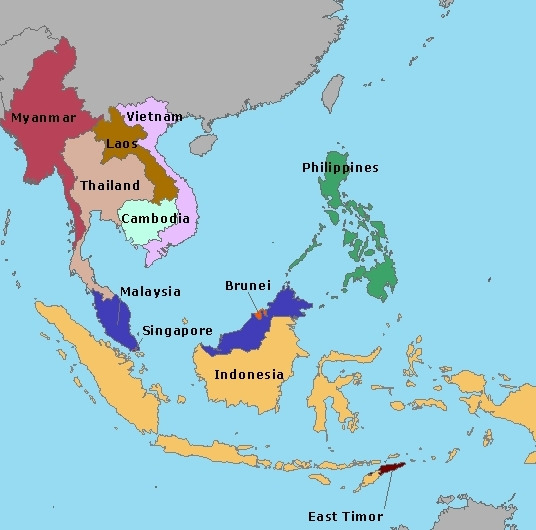
A. Southeast Asia
“All we have to decide is what to do with the time that is given us.” ― J.R.R. Tolkein
Southeast Asia is composed of eleven countries of impressive diversity in religion, culture and history: Brunei, Burma (Myanmar), Cambodia, Timor-Leste, Indonesia, Laos, Malaysia, the Philippines, Singapore, Thailand and Vietnam. Based on my research, the predominant themes of Southeast Asian arts have been religion and national history. In religion the main interest was not so much in actual doctrine but in the life and personality of the Buddha and the personalities and lives of the Hindu gods. In national history the interest was in the legendary heroes of the past, and this theme appeared only after the great empires had fallen and the memories of their glory and power remained. The Buddha image, which went through various stages of development, remained the favorite motif of sculpture and painting. The depiction of scenes from his previous lives in fresco and relief sculpture also had the purpose of teaching the Buddhist ethics to the people, as the Jatakas emphasized certain moral virtues of the Buddha in his previous lives; it also gave an opportunity to the artist to introduce local color by using, as background, scenes from his own contemporary time. The depiction of scenes from the Hindu epics also had the same purpose and gave the same opportunity to the artist. Many figures from the Buddhist and Hindu scriptures, such as gods and goddesses, heroes and princesses, hermits and magicians, demons and dragons, flying horses and winged maidens, became fused with similar native figures, and, gradually, folklore plots became merged in the general religious themes.
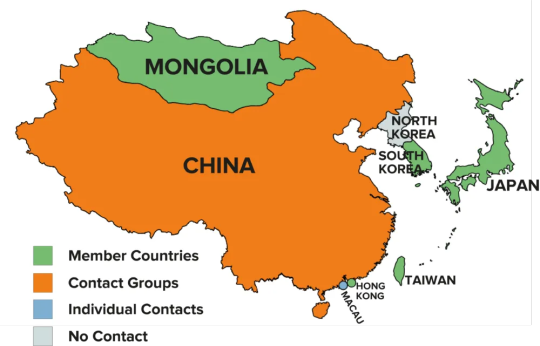
B. East Asia
“Only the very weak-minded refuse to be influenced by literature and poetry.” ― Cassandra Clare, Clockwork Angel
East Asia is the eastern region of Asia, which is defined in both geographical and ethno-cultural terms. The modern states of East Asia include China, Hong Kong, Japan, Macau, Mongolia, North Korea, South Korea, and Taiwan. According to my research, some of the themes in East Asia literature are Immortality, Unfaithfulness, Disrespect in the Society, Abused Marriages & Families, Religion, Traditional Practices, Traditional Beliefs and Social Class. Some of the books in East Asia were concerned of the ethical practices that were common in their society. Some of them are about “respect.” Respect is one of the most cherished virtues in the society, and many of the East Asian literatures have always expressed this in different ways, especially the need to respect the elderly and those in power. Another common theme that comes out of the books focuses on the abused marriages. In the two cases, we witness marriage partners engaging in abusive acts against their wives or husbands. There are so many books which possesses such styles and themes in literature.
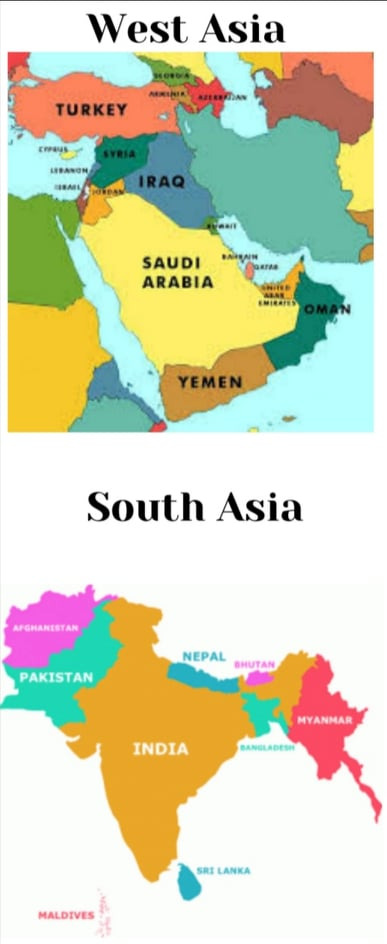
C. South and West Asia
“There is no surer foundation for a beautiful friendship than a mutual taste in literature.” ― P.G. Wodehouse
South Asia or Southern Asia is the southern region of Asia, which is defined in both geographical and ethno-cultural terms. The region consists of Afghanistan, Bangladesh, Bhutan, India, the Maldives, Nepal, Pakistan, and Sri Lanka. The West Asia region comprises of 12 member countries; Bahrain, Iraq, Jordan, Kuwait, Lebanon, Oman, State of Palestine, Qatar, Saudi Arabia, Syrian Arab Republic, United Arab Emirates and Yemen. Based on my research, the peoples of South Asia have had a continuous literature from the first appearance in the Punjab of a branch of the Indo-European-speaking peoples who also settled all of Europe and Iran. In India this branch of Indo-Aryans, as they are usually called, met earlier inhabitants with different languages and no doubt a different culture—possibly a culture akin to that of the Indus Valley civilization, which had a script, and perhaps a literature of its own, of which nothing is known. Certain to have been settled in India were peoples who spoke languages of Dravidian origin, as well as other languages, called Munda, now preserved only by aboriginal tribes, which show affinities with the languages of Southeast Asia. In the Hellenistic period literature and culture flourished in Western Asia. Traditional literary forms such as lists continued to be produced by the native population and were adapted by the new rulers. While there is little evidence for the creation of new narrative literature, which may in part be due to the fragmentary nature of our sources, existing epics, wisdom texts, and folktales were retold, rewritten, and transmitted. Greeks living in Western Asia created historiographical, ethnographical, and geographical works about their surroundings, inspiring in turn the Babylonian priest Berossus to write a reference work on Babylonia in Greek. Much as during the Persian Empire, political instability and changes in power led to a diverse and independent culture of writing. Continuity in all genres, writing systems, and languages remains the most important characteristic of Western Asian literature at least to the beginning of the Christian era.
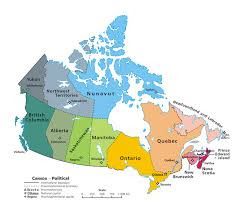
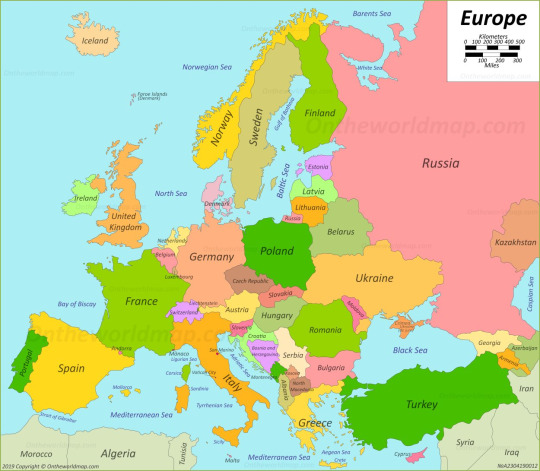
D. Anglo-America and Europe
“Literature is the most agreeable way of ignoring life.” ― Fernando Pessoa, The Book of Disquiet
Anglo-America most often refers to a region in the Americas in which English is a main language and British culture and the British Empire have had significant historical, ethnic, linguistic and cultural impact. Europe is a continent located entirely in the Northern Hemisphere and mostly in the Eastern Hemisphere. It comprises the westernmost part of Eurasia and is bordered by the Arctic Ocean to the north, the Atlantic Ocean to the west, the Mediterranean Sea to the south, and Asia to the east. Based on my research, like other national literatures, American literature was shaped by the history of the country that produced it. For almost a century and a half, America was merely a group of colonies scattered along the eastern seaboard of the North American continent—colonies from which a few hardy souls tentatively ventured westward. After a successful rebellion against the motherland, America became the United States, a nation. By the end of the 19th century this nation extended southward to the Gulf of Mexico, northward to the 49th parallel, and westward to the Pacific. By the end of the 19th century, too, it had taken its place among the powers of the world—its fortunes so interrelated with those of other nations that inevitably it became involved in two world wars and, following these conflicts, with the problems of Europe and East Asia. Meanwhile, the rise of science and industry, as well as changes in ways of thinking and feeling, wrought many modifications in people’s lives. All these factors in the development of the United States molded the literature of the country. Western European literature could be viewed as a parade of movements—Romanticism, Realism, Naturalism, Futurism, Structuralism, and so on indefinitely. European literature refers to the literature of Europe. European literature includes literature in many languages; among the most important of the modern written works are those in English, Spanish, French, Dutch, Polish, German, Italian, Modern Greek, Czech and Russian and works by the Scandinavians and Irish. Important classical and medieval traditions are those in Ancient Greek, Latin, Old Norse , Medieval French and the Italian Tuscan dialect of the renaissance. European literature, also known as Western literature, is the literature written in the context of Western culture in the languages of Europe, as several geographically or historically related languages. Diverse as they are, European literatures, like Indo-European languages, are parts of a common heritage belonging to a race of proud nations which boast the likes of Homer who wrote Iliad and Odyssey, Virgil who wrote the Aeneid, Dante who wrote Divine Comedy, Chaucer who wrote Canterbury Tales. These, and other literary masterpieces form part of what we call as Western Canon.
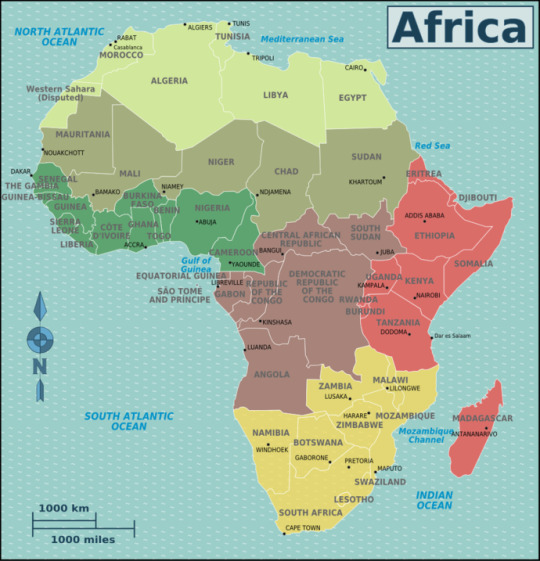
E. Africa
“Literature is a textually transmitted disease, normally contracted in childhood.” ― Jane Yolen
Africa is the world's second-largest and second-most populous continent, after Asia in both cases. At about 30.3 million km² including adjacent islands, it covers 6% of Earth's total surface area and 20% of its land area. With 1.3 billion people as of 2018, it accounts for about 16% of the world's human population. Based on my research about Africa’s Literature. Afro-Asiatic and African languages together with works written by Africans in European languages. Traditional written literature, which is limited to a smaller geographic area than is oral literature, is most characteristic of those sub-Saharan cultures that have participated in the cultures of the Mediterranean. In particular, there are written literatures in both Hausa and Arabic, created by the scholars of what is now northern Nigeria, and the Somali people have produced a traditional written literature. There are also works written in Geʿez (Ethiopic) and Amharic, two of the languages of Ethiopia, which is the one part of Africa where Christianity has been practiced long enough to be considered traditional. Works written in European languages date primarily from the 20th century onward. The literature of South Africa in English and Afrikaans is also covered in a separate article, South African literature.
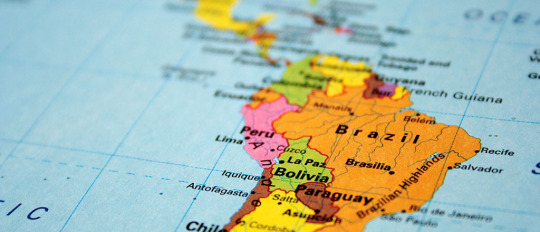
F. Latin America
“Literature is news that stays news.” ― Ezra Pound
Latin America is a group of countries and dependencies in the Western Hemisphere where Romance languages such as Spanish, Portuguese, and French are predominantly spoken. According to my research about Latin America’s Literature. Romanticism, Realism, Naturalism, and Emerging Literary Trends. The Latin American wars of Independence that occurred in the early nineteenth century in Latin America led to literary themes of identity, resistance, and human rights. Latin American literature, the national literatures of the Spanish-speaking countries of the Western Hemisphere. Historically, it also includes the literary expression of the highly developed American Indian civilizations conquered by the Spaniards. Over the years, Latin American literature has developed a rich and complex diversity of themes, forms, creative idioms, and styles. A concise survey of its development is provided here. For a history of literature written in Portuguese in Brazil, see Brazilian literature. Latin American literature refers to written and oral works created by authors in parts of North America, South America, and the Caribbean. Latin American authors usually write in Spanish, Portuguese, English, or a language native to their specific country. Latin American writers working in the United States can be classified as writing Latin American literature too. Latin American literature has a rich history starting in the Pre-Colombian period and working all the way up to modern day. With each period of Latin American history, came a genre that dominated the field. In this lesson, we will look at the main periods of Latin American literature, the genres that fueled those periods, and authors who are well known in Latin American literature.
Source:
Wikipedia, Britannica, Google and Online Library.
Saunar, Rhenz Rhyanne 11 - St. Alypius
7 notes
·
View notes